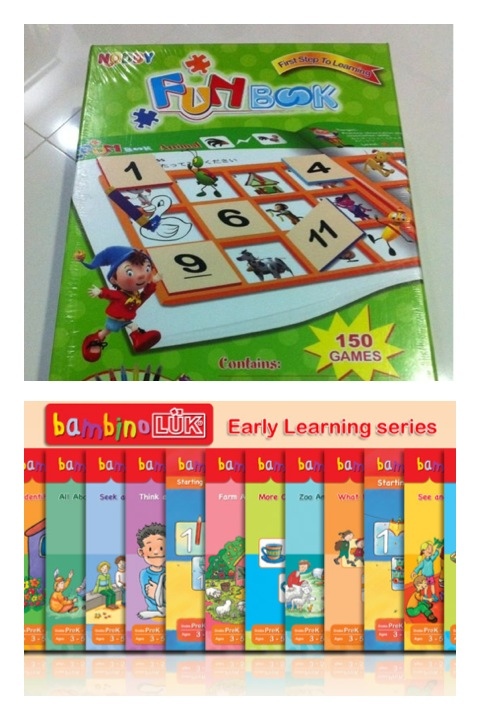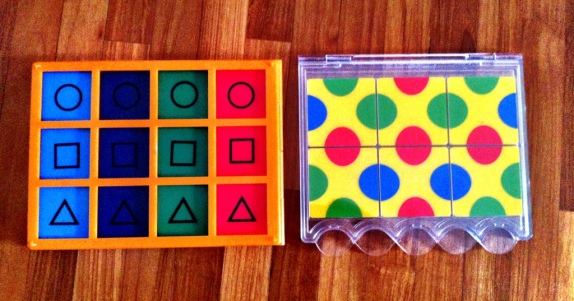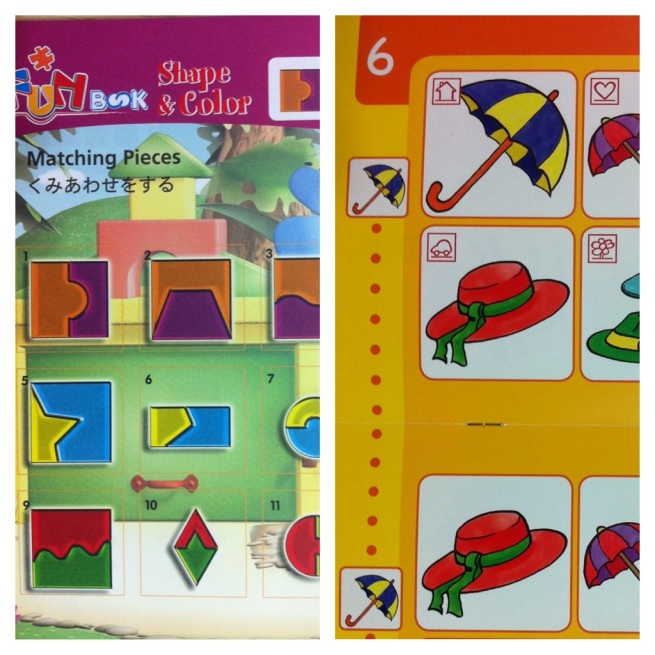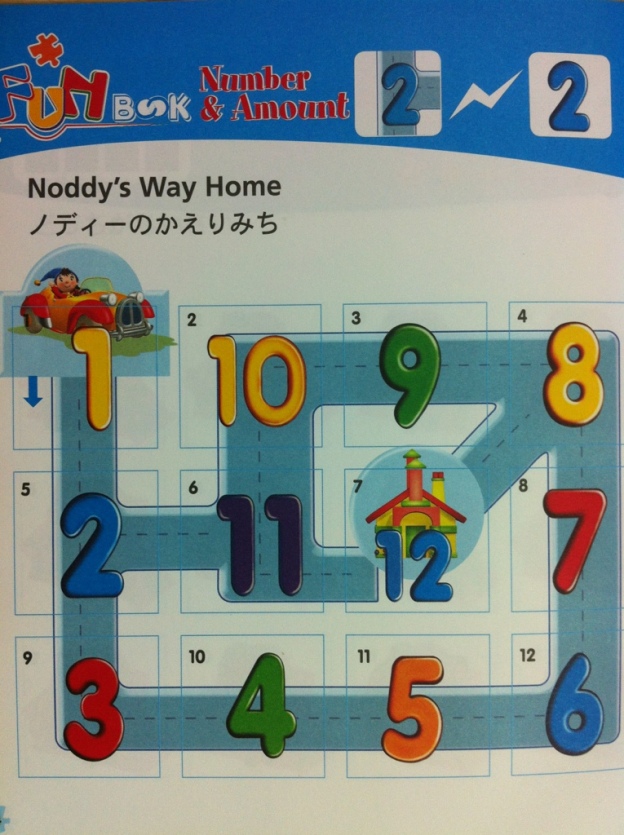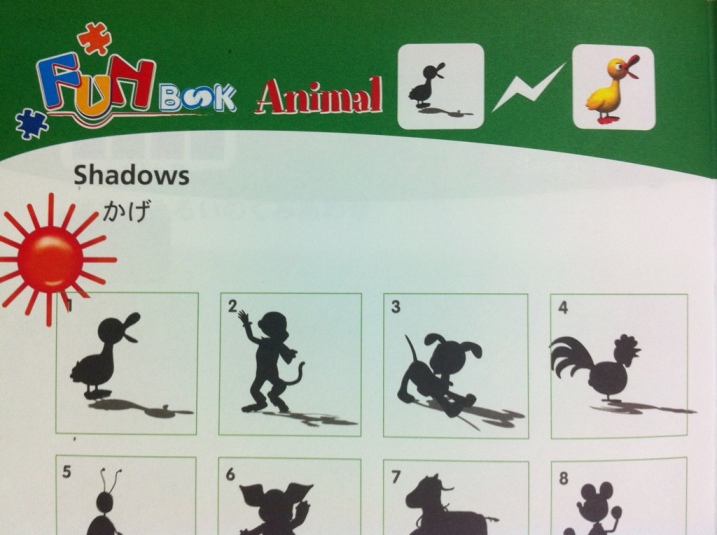I’m always on the lookout for interesting educational systems for my children.
Recently, I purchased the Noddy fun book used in Shichida classes, based on good word-of-mouth reviews from fellow mums. When the Noddy fun book arrived last weekend, I noticed that it was actually quite similar in concept to the BambinoLUK, which I had bought last year.
When I did my research, I did not find many reviews online for the Noddy, but there were plenty online for the BambinoLUK. Hence, I thought it would be interesting to do a side-by-side comparison of the 2 learning systems for those considering getting either set, with G (16month old) and C (5 years old) as the reviewers. Here are the results:
Price
BambinoLUK – I purchased it online for about S$140 (including shipping)
NoddyFun – Retails at the Shichida Tensai shop for about S$120
Recommended age
BambinoLUK is part of the LUK learning system, targeted at children from ages 3-5.
Noddy fun book is used in Shichida class, targeted at children from ages 2 and above.
Controllers
Both learning systems come with controllers and tiles, featuring self-checking designs.
Bambino: 6-tile controller in a transparent 2-sided case. Tiles are labelled with pictures. The self-checking design features a pattern of coloured dots. The solutions are such that the dots would match perfectly.
Noddy: 12-tile controller in a 2-sided grid. Tiles are numbered from 1 to 12. The self-checking design consists of 4 sets of different coloured tiles and 3 different shapes.
For 16month old G, Bambino was easier to manipulate as the tiles are larger, and the tiles slid easily in place. Noddy had a grid structure that required precise placement else the tiles would fall though the grid. I had to help him place it properly. Pictures on the Bambino was also easier for G to identify, compared to numbers. C got a little frustrated with the Noddy tiles initially, as she wanted to do the puzzles quickly but had to take a little time to place it correctly.
For solution checking, it was easier using the dot pattern, as the matching of shapes needed slightly more time.
Verdict: Bambino controller wins in terms of user-friendliness
Layout
Bambino: layout is simple with a plain background. The pictures are displayed in a simple border. Background remains consistent.
Noddy: Questions are incorporated in a picture. Background varies on each page.
I found the background somewhat distracting in the Noddy, and the pictures were a little messy. However, I found that the distracting background didn’t affect G’s or C’s performance. It seems that they are able to concentrate better than adults. C preferred the Noddy as it was more colourful.
Verdict: Noddy layout is more appealing to the kids.
Contents
The contents in both learning systems are similar – a mix of observation skills, number recognition, critical thinking.
Bambino: organised by skill sets, there are a total of 15 books in the complete set, covering visual perception (sorting, matching), critical thinking (association, inference), beginning math, theme based learning and concentration (spatial recognition, patterns). Each book contains similar puzzles based the subject, e.g. “See and Sort”. Difficulty level is indicated on the cover of each book.
Noddy: organised by theme. There are a total of 10 books: Number & Amount, Math, Animal, Shape & Colour, ABC, abc, Weather, Plant, Time and Daily Life. A variety of puzzles are contained in each book, covering all the skill sets mentioned in the Bambino description earlier. Noddy also contains some topics not covered in Bambino – time-telling, letter recognition, vocabulary. Difficulty level is indicated by the number of stars at the top of the puzzle.
I noted two interesting details in the Noddy fun book. Firstly, it was designed to be used both with and without the grid controller. Various activities (maze, plant knowledge, letter tracing, colouring, etc) are included in the books, resulting in the somewhat distracting layout I mentioned earlier. Here’s one of the examples of the puzzles used without the grid – as a maze. Coloured markers are also included in the box for colouring and writing activities.
Secondly, there are some fine details included in the illustrations. In the example below where the child is to associate the silhouette to the animal, note the position of the sun vs the shadow?
Verdict: Bambino includes more activities suitable for G (see and sort), who gained more confidence as he tried the puzzles. C preferred the Noddy as there was a variety of puzzles and she was able to appreciate the fine details of the illustrations. I liked the versatility of Noddy.
Conclusion:
BambinoLUK would be suitable for those looking for a learning system for younger babies (like 16 month old G). Books are also well-categorised by difficulty level so the child would be able to attempt all the puzzles by herself once she understood what was to be done. This is good as a confidence builder, and serves to enhance a specific set of skills.
Noddy contains a range of activities that cater for a wider age range, but would be more suitable for 2 year olds and above (as the age recommendations suggest). Parents would have to select the appropriate activities to be attempted by the child. It serves well as a all-in-one option.
